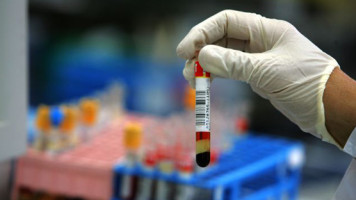Prostate Cancer: Precancerous Conditions of The Prostate
Precancerous conditions of the prostate are those that have the potential to develop into prostate cancer. With a precancerous condition, certain abnormal changes have occurred within the cells of the prostate. Often times because of these abnormal changes a precancerous condition has the potential to develop into prostate cancer. The three most common precancerous conditions of the prostate are:
- prostatic intraepithelial neoplasia (PIN)
- proliferative inflammatory atrophy (PIA)
- atypical small acinar proliferation (ASAP)
Prostatic intraepithelial neoplasia (PIN)
Prostatic intraepithelial neoplasia (PIN) is a condition in which some of the prostate’s epithelial cells appear abnormal when examined under a microscope and is widely acknowledged as a precancerous condition of the prostate gland. PIN can occur in various areas of the prostate but is most often found in the peripheral zone of the prostate where cancer is prone to developing. PIN is primarily categorized as either low-grade or high-grade but only high-grade PIN is considered a precancerous condition.
If PIN is identified as being high-grade and present within several areas of the prostate, preventative treatment may be administered. Although not all high-grade PIN sites will necessarily develop into prostate cancer during a man’s lifetime.
Proliferative inflammatory atrophy (PIA)
This particular condition is characterized by very small abnormal cells that divide rapidly in areas of the prostate where chronic inflammation is present. PIA is not cancer, but past research has suggested that PIA is associated with an increased risk of developing into high-grade prostatic intraepithelial neoplasia (PIN) or prostate cancer.
Atypical small acinar proliferation (ASAP)
ASAP is a term used to describe unusual looking cells when no other diagnosis is clear. In ASAP, the cells appear as if they may be cancerous when examined under a microscope, but often there are too few of them to be certain. ASAP is also found in only about 2% of biopsies and patients with an initial finding have up to a 60% increased chance of developing prostate cancer.






